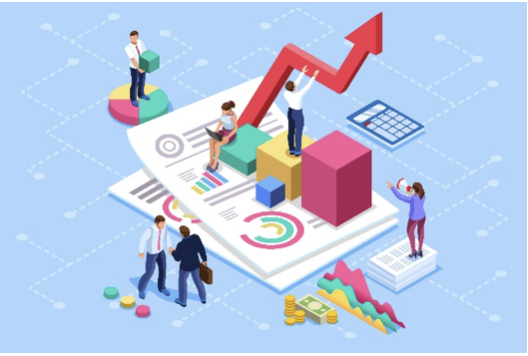IP strategies to protect new digital revenue models
A revenue model describes with which revenue sources a business pursues its financial income. Due to the digital transformation and industry 4.0 a variety of new revenue models become available and more popular. One example can be advertising-based revenue models, where advertisement is simply shown on webpages or in online videos. Today also sophisticated individualized advertising is technically possible, e.g. the inclusion of personized ads in streaming services, which should be protected with a fitting IP strategy. Other examples can be the freemium model, where some basic services are offered for free and the premium services are paid for, the subscription-based model and the transaction-based model. The ideas of IP protection of those revenue models can be learned in the Certificate course on “IP and Industry 4.0” at CEIPI. The next course starts on 01.10.2021.
Due to the digital transformation an evolution not only in business models, but also in revenue models can be identified. An example is the shift from software as a product (SaaP) to software as a service (SaaS) business models. In the classical software as a product business model, the software company sells physical copies of their software to the customer, who get a license to use the software for its specified purpose. In the software as a service business model the customer will get in comparison a right to use the software for a specified time, e.g. monthly for the payment of a monthly fee. Here, the software is not delivered physically and often also runs in the cloud, instead of the computer of the customer.
Cannot open the video? Please click: https://youtu.be/YpH2kFFS3yE
But the important difference from the revenue model perspective is not, that in one case the software is delivered physically and in the other case digitally. The difference is that in the software as a product the revenue is generated in a single transaction and in the software as a service case it is generated via a monthly fee in a subscription model. This has important consequences also for IP management, since it is not anymore about a single transaction of a product or service, but a continuous relationship with the customer must be created and therefore protected with IP.



